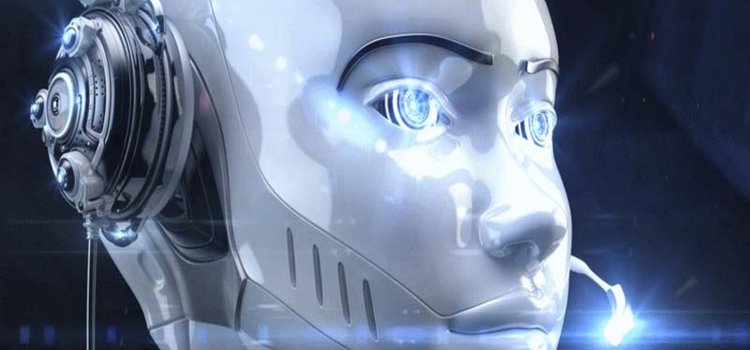As such, IT and BPM are often exactly antagonistic to a pleasant customer journey. Customers, except for most misanthropic ones, naturally prefer human interaction instead of an IT system. It is enough to remember all frustration, which anybody had a chance to encounter at least once, while wandering across innumerous levels of auto-responder menu in desperate attempts to speak with a human operator. For a customer, automated service looks in most cases hostile and heartless.
On another hand, any company is keen to automating customer journey with modern IT and BPM technologies because it gives enormous savings and improvement of control against comparable staff of human operators. For an organization, automation of customer services is a vital technology of survival and an essential competitive advantage.
To avoid disappointment of clients in this contradictory situation, where interests of a business and its clients are predominantly opposite, a company must utilize modern BPM approaches, which allow for modeling and building complex, dynamic and responsive customer journeys corresponding to high expectations of contemporary consumers.
CaseAgile announces a new release of Enterprise Composer™ add-on for Microsoft® Visio, which supports transparent exchange of BPMN diagrams designed in Visio with leading BPMN tools. CaseAgile will demonstrate capabilities of Enterprise Composer™ on upcoming "BPMN IN ACTION" event organized by The Object Management Group (OMG) in Seattle at December 10, 2018. Enterprise Composer™ offers a seamless and efficient way for every Visio® user into the world of professional business process management (BPM) systems and process automation. By using Enterprise Composer™, Microsoft® Visio can create executable processes fully compatible with BPMN™ 2.0 standard from OMG®, which is the global de-facto etalon for modeling business processes and can be used both by businesses and IT. Every BPM practitioner working with Microsoft® Visio now can import BPM models created in most popular BPM suites directly into Visio® and can export models cre...
Comments
Post a Comment